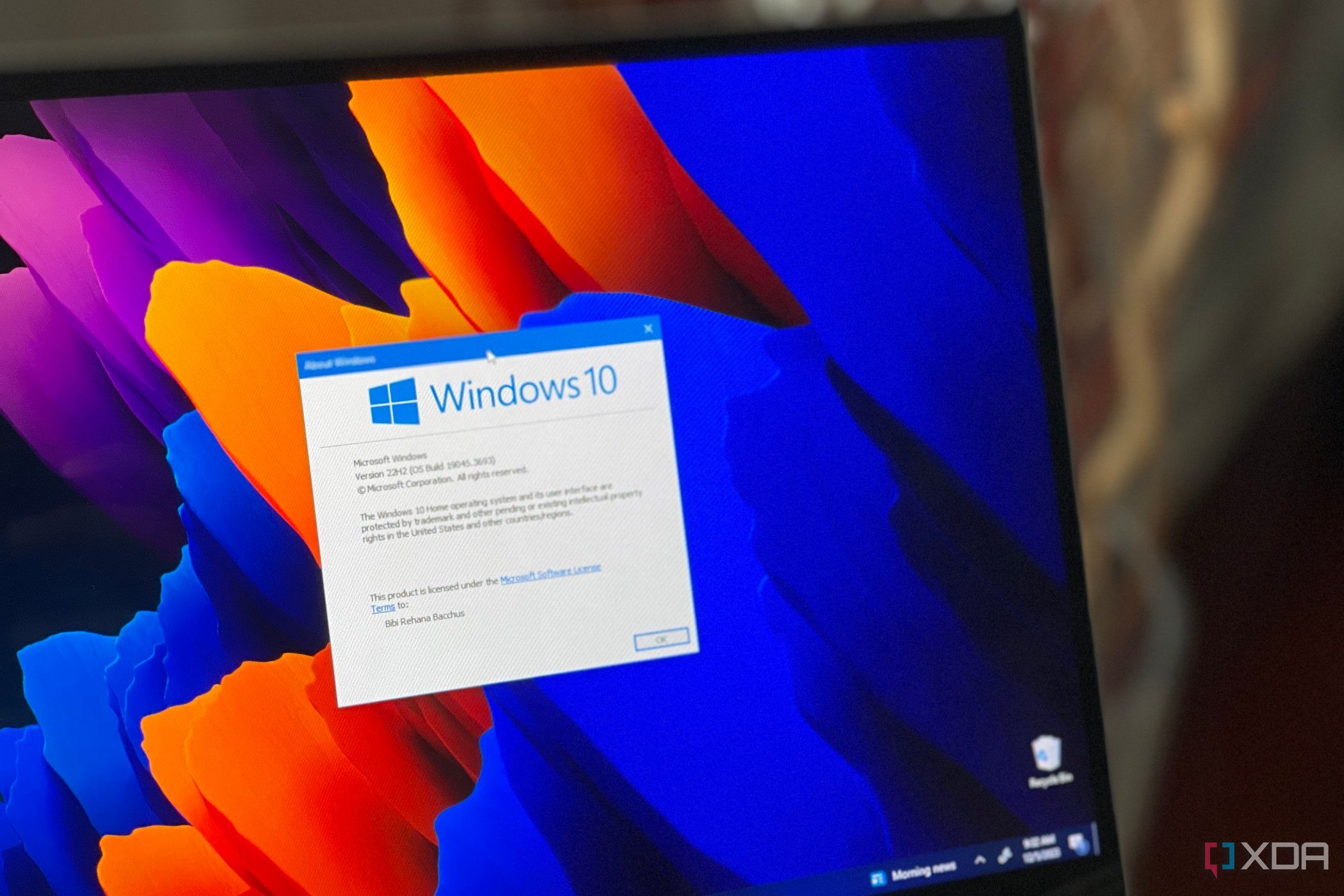This will go over great with traditional customers who cannot update to 11 because their computer doesn’t have TPM.
Will 2025 be the year of Linux? :)
I’ve TPM and all other sys specs needed for W11 (my laptop is only 2 Years old), but I can’t update (without tricks), because my AMD Graphic card isn’t in the MS list. Well, I have no intention of doing so anyway with a well-tamed W10 that works the way I want. In 2025 I’m going with Linux as sometimes before, being online 99.9% of the time, the OS to do it anyway matters very little to me.
Full disclosure: Haven’t read the article yet.
Working in corporate IT, this most likely is targeted toward enterprise customers who either take a long time to roll out OS upgrades or can’t due to technical limitations within their environment. In those cases, paying the cost of extended support is more palatable to troubleshooting or rushing mass OS upgrades. This is a fairly common practice with enterprise software vendors.
Edit: Okay, just skimmed it. Looks like this is actually a new program for non-enterprise consumers, which is interesting. First I’ve heard of that.
I don’t see a problem with this business model. They’re doing work maintaining software they don’t want to maintain, so charging for it makes sense. It’s surprising to me that Windows doesn’t already charge a yearly subscription fee for OS upgrades.
Many people aren’t going to pay the annual fee and will keep using Windows 10 without the security patches anyhow, so obviously this will weaken a lot of people’s security, but, well… Microsoft needs to make money. And it’s not like they need to worry about their customers defecting to another operating system. You can’t just download and install macOS on an old Dell machine. If they’re going to buy a new computer, it makes sense to get a less expensive one than what Apple’s offering, ergo they’ll get a new Windows 11 computer.
And if they wanted to and could use Linux…well, they’d already be using it. Overall, I’m completely nonplussed about this announcement. If you weren’t going to pay Microsoft money, nothing has changed. If you need a longer support period, you now have an easy option. And hey, there’s always the chance Microsoft will backtrack and provide free updates anyway. Especially given the lack of details on pricing, it seems like they’re sounding out the idea rather than fully committed to deploying it.
Normally I would retort “But we paid money for it - so they need to support it”. However I got my Win10 license by upgrading an XP machine to 7, then to 10. So I guess I didn’t pay for it. My other Win10 machine was originally an OEM Win7 license.
But whatever. When they rugpull Win10 I will just complete move to Linux. The only thing holding me back is some industrial software that I use for work and they’re in the process of multi-platform support.
Normally I would retort “But we paid money for it - so they need to support it”
For how long? 15 years? 20? 30? Should they still be supporting Windows 95?
Windows has the longest support period of any commercial operating system. iOS’s longest support period for a phone was 8 years, Android is now 8 years for the new PIxel, macOS supports computers for anywhere between 5-10 years, averaging about 7, and Windows 10 will support computers for 10 years. Previous Windows operating systems have supported computers for even longer, but 10 years is still longer than anybody else. I’ve paid for a few Windows 10 licenses in my time, and I don’t think I’ll ever pay for another one. I don’t use it enough to care about the limitations of unlicensed Windows.
Mind you, we wouldn’t even need to be having this conversation if Windows was free software and some other organization took on the duty of maintaining it. That would be a lot less work for Microsoft and keep Windows 10 users happy. While I’m at it, I’d also like a pony.
When they rugpull Win10 I will just complete move to Linux. The only thing holding me back is some industrial software that I use for work and they’re in the process of multi-platform support.
I’d love to do that. I already use Linux for most of my work, but Adobe not being there means I need to fall back to macOS or Windows for some projects. While Photoshop is coming to the web (someday), After Effects and inDesign are unlikely to ever end up there. I can hope, but I’ll likely be stuck on one of these other operating systems for a long time to come, I suspect.
Maybe Wine will some day support Adobe’s terrible DRM…and maybe hell will freeze over, too.






